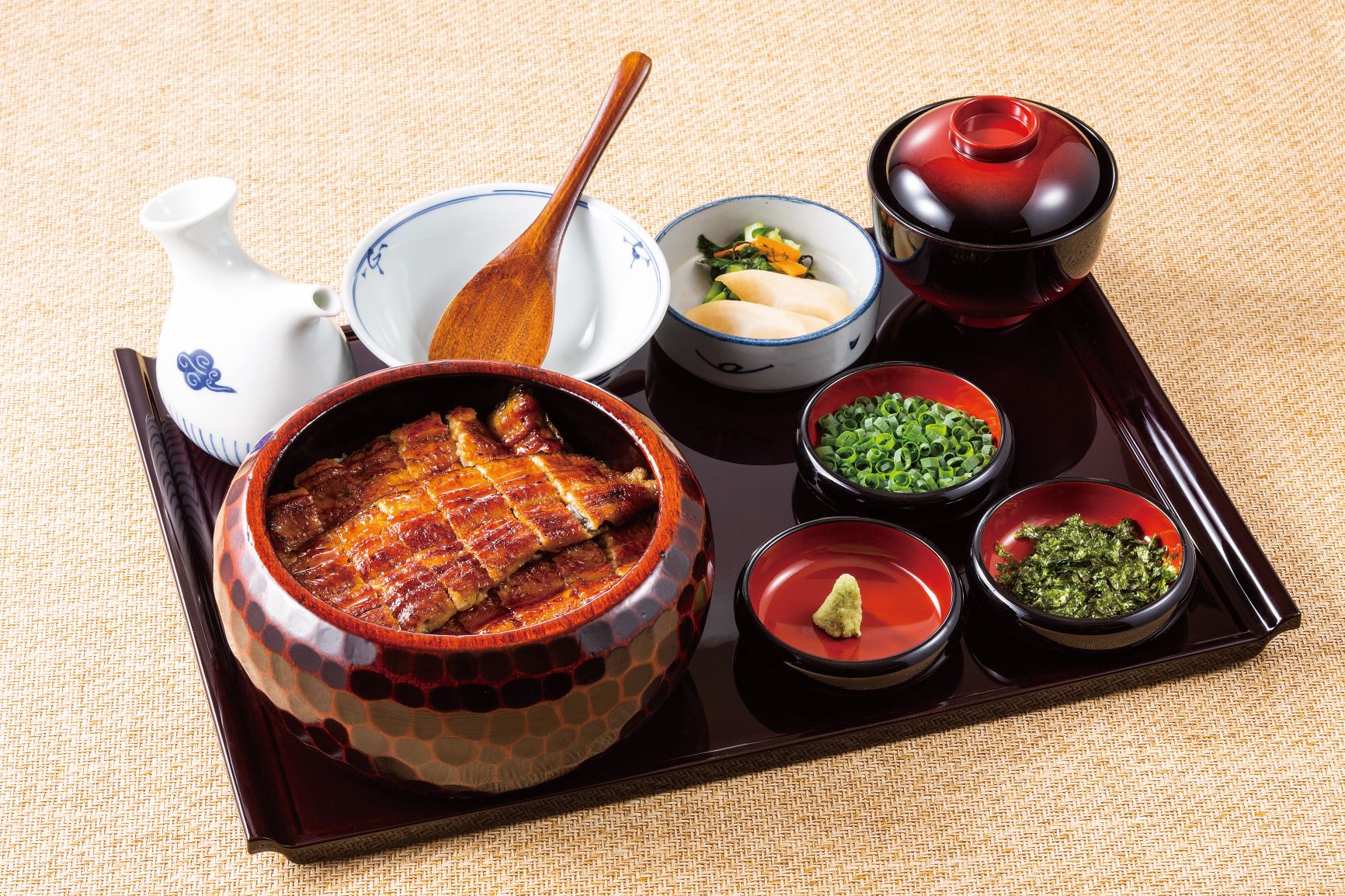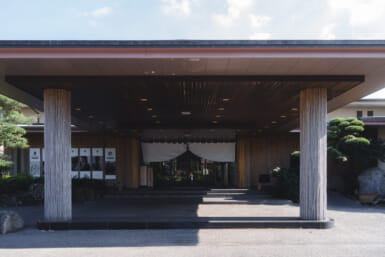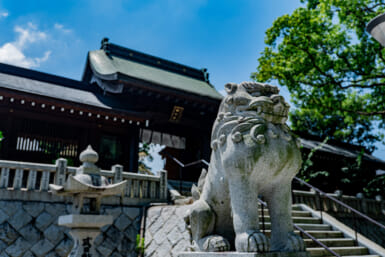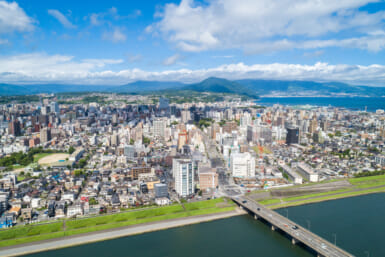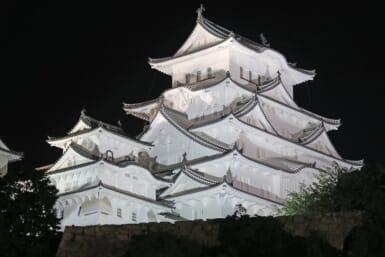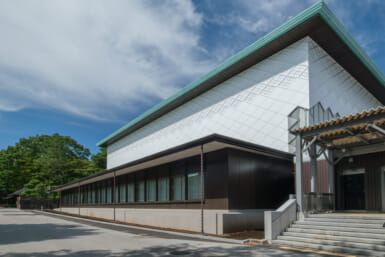Japan is often regarded as one of the world’s biggest foodie paradises, and the elegant and cosmopolitan neighborhood of Akasaka more than lives up to this reputation. It’s a place where you can find luxury dining experiences and Michelin-star restaurants nestled alongside unpretentious izakaya. Whether you’re craving sushi, wagyu beef or a meticulously crafted kaiseki meal, there’s something for you here.
-2048x1365.jpg)
Umegaoka Sushi no Midori
Umegaoka Sushi no Midori brings the world-famous Toyosu Fish Market to you, sourcing its ingredients straight from the iconic market every day to deliver unbelievably fresh sushi dishes. Midori’s philosophy is based on the trinity of fresh ingredients, refined craftsmanship and passion for sushi and customer service. As such, they serve incredibly high-quality sushi at reasonable prices. Everything is carefully considered, from the fish to the rice on which it’s served to the seaweed used in their rolls.
Midori’s signature conger eel sushi has been on the menu since the restaurant’s inception in 1977, and remains hugely popular today. The rice ball is a typical nigiri size, but it’s layered with an entire filet of eel, cascading its long tail across the plate. The “surprised sujiko” similarly features an impressive trail of salmon roe over the rice. Midori also has grilled and simmered dishes such as grilled salmon belly and simmered Chilean sea bass.
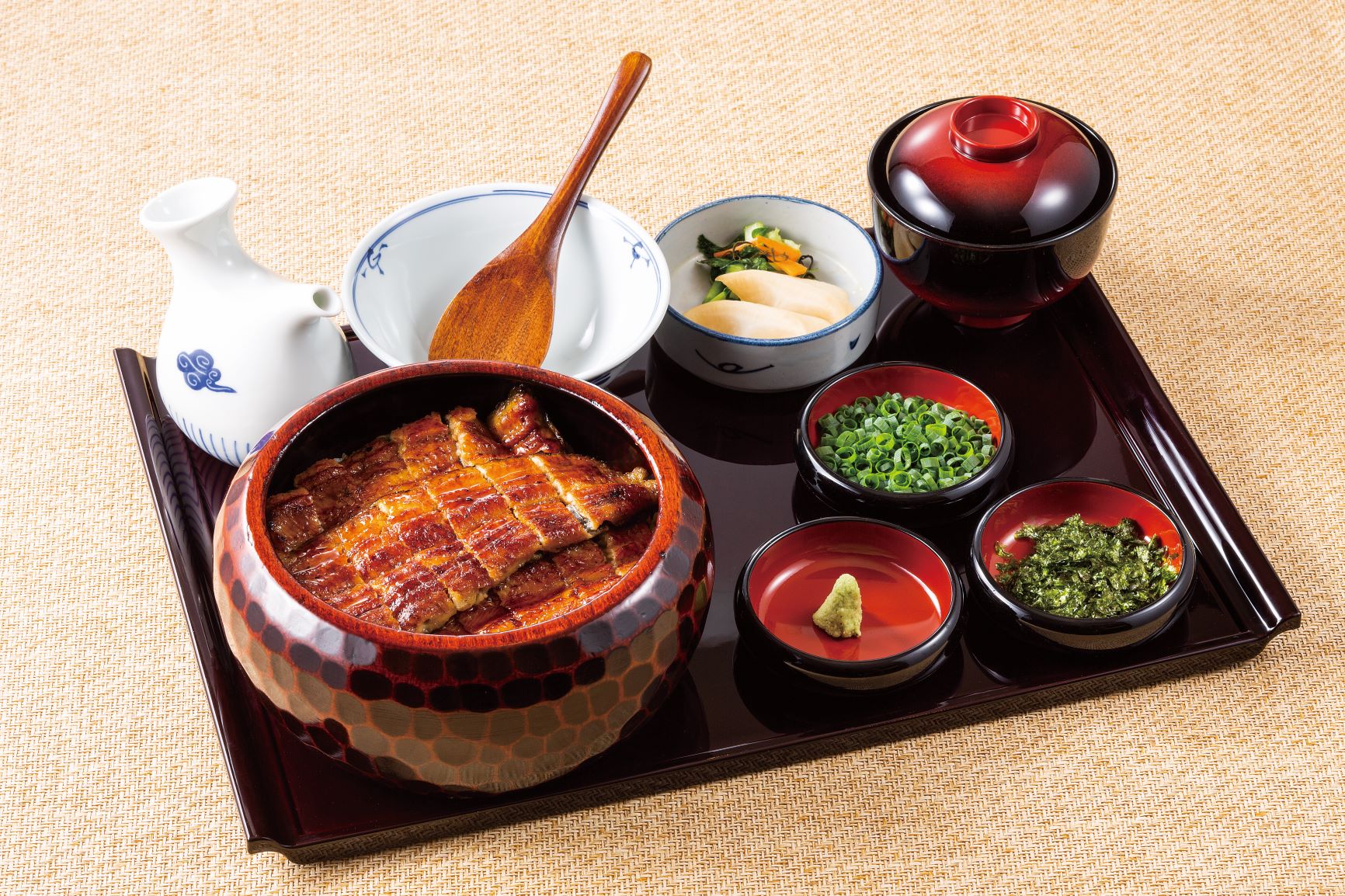
Akasaka Fukinuki
With over 100 years of history, Akasaka Fukinuki is a traditional unagi restaurant, specializing in exquisitely grilled eel. They’re famous for their unajyu: broiled eel with dipping sauce served in a beautiful traditional lacquered box. (Fukinuki’s unajyu set is served with eel-liver soup and pickles.) The shop also specializes in hitsumabushi, a Nagoya-style variation where the eel is thinly sliced and served on rice; the dish is divided into four portions, each of which is meant to be eaten in a different way.
Fukinuki has a wide variety of other unique eel offerings: nikogori, braised eel served with a jellied broth; hone senbei, or bone crackers, fried eel bones served with a sprinkle of Japanese pepper; and an umaki roll — a Japanese-style sweet omelet — with a delicate broiled eel in the middle. With a name written using kanji characters that signify quality and nobility, Akasaka Fukinuki remains committed to serving delicious unagi with impeccable presentation.
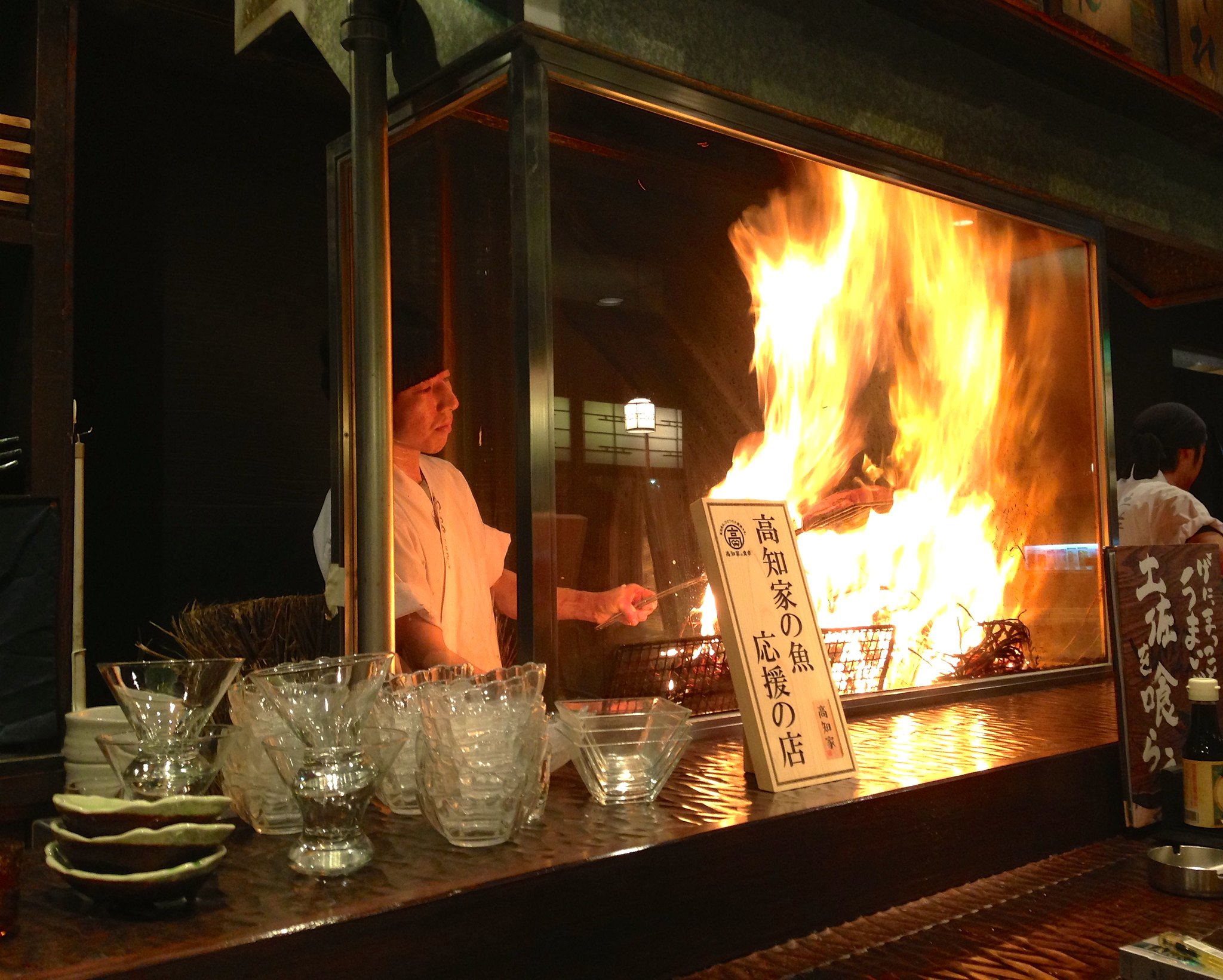
Warayakiya Akasaka
Warayaki is an ancient Japanese grilling technique that uses a straw-built fire. The technique comes from Kochi Prefecture, where bonito is seared over an open flame to create a grilled sashimi called katsuo tataki. Warayakiya Akasaka aims to spread Kochi’s warayaki cuisine with authentic Shikoku dishes. The house specialty here is, of course, the katsuo tataki. Because straw burns at a high temperature of 800 to 900 degrees, it yields a deeply smokey and fragrant finish; while the outside of the bonito develops a seared crust, the inside of the filet remains raw. After searing, the fish is seasoned simply with salt to preserve that flame-grilled taste.
Warakiya Asakusa also used the warayaki technique to grill other dishes such as chicken with a garlicky soy sauce, beef tongue, Shimanto pork and wagyu beef. More unique offerings include eel and Mediterranean moray. Additionally, inspired by Kochi’s Open Air Market, which has been in operation just below Kochi Castle for over 300 years, Warakiya also offers sweet potato tempura and deep-fried young chicken— both famous from the market. The imoten sweet potato tempura has a soft and fluffy texture, and the chicken is juicy and topped with bonito flakes and mayonnaise.
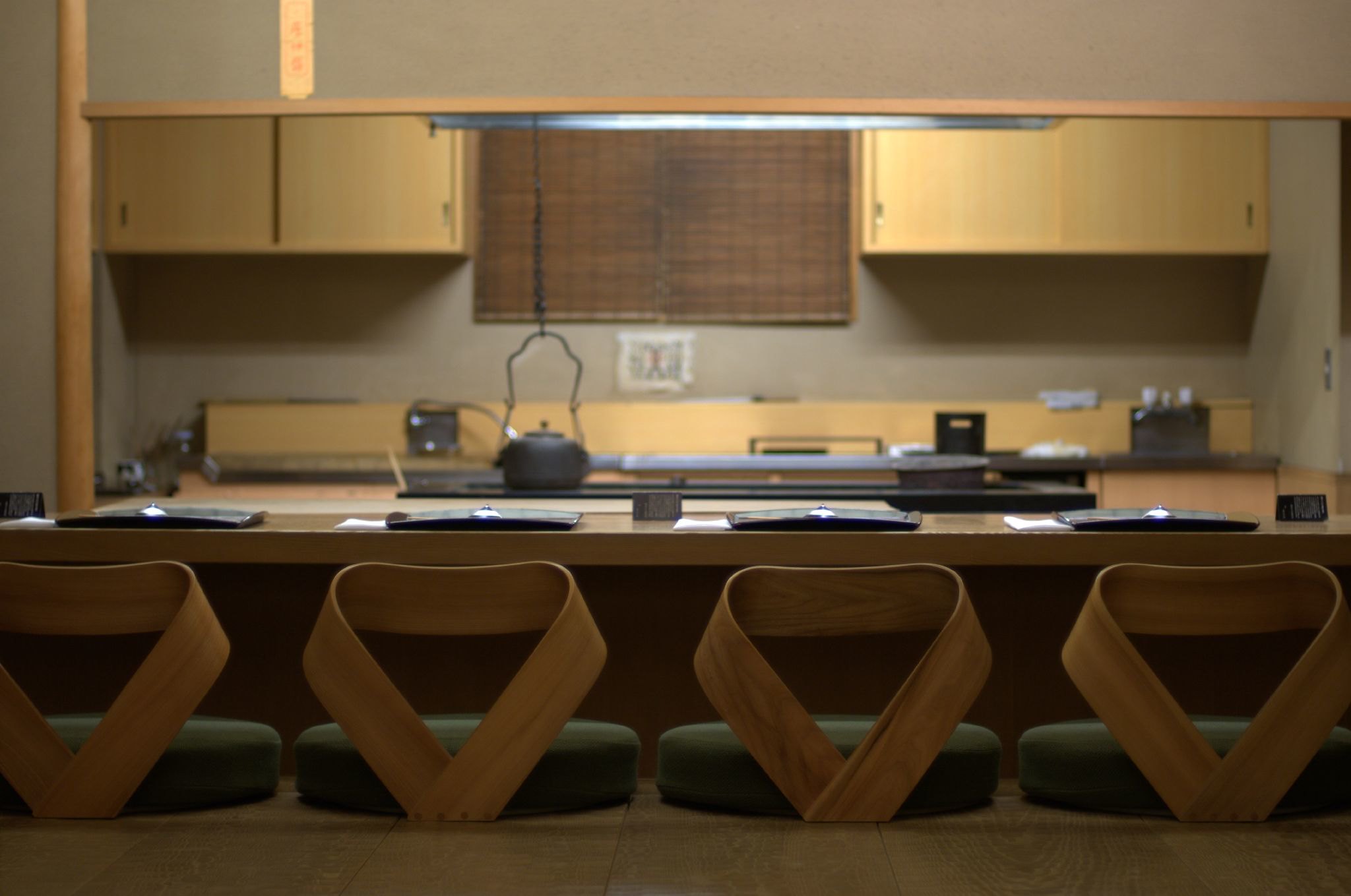
Akasaka Kikunoi
The twice-Michelin-starred Akasaka Kikunoi brings the peaceful atmosphere of Kyoto to the bustling streets of Akasaka. With a small stone path lined by bamboo trees and graceful sukiya-zukuri architecture, it’s an urban oasis that feels almost like a dream. Like the main Kikunoi shop — one of the most revered restaurants in Kyoto — Akasaka Kikunoi specializes in kaiseki meals, composed of fresh and carefully selected ingredients that change with the seasons.
The kaiseki includes about 10 different courses that harmonize taste, texture and color, delivering the spirit of Kyoto hospitality through stunning plateware and a refined, convivial atmosphere in addition to the delicious cuisine. Guests can sit at the counter to watch the chefs work or enjoy more privacy at a table, raised tatami mat or a private room.

